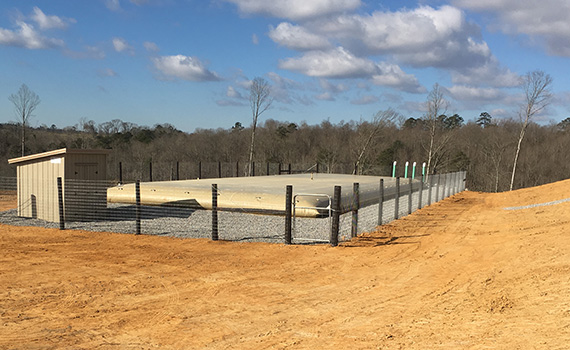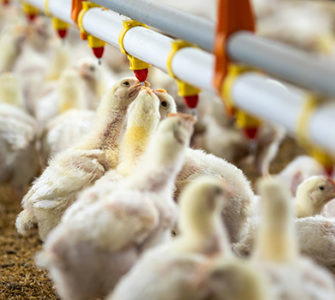Rainwater harvesting helps poultry farms reduce water dependency, save money
A new system for harvesting and storing rainwater from poultry barns provides birds with high quality water while reducing the grower’s dependency on local wells and municipal water systems.
A typical broiler farm with four poultry houses uses an estimated 1.8 to 2 million gallons of water per year with costs up to $22,000 annually from a municipal water system.
According to Gene Simpson, Alabama Cooperative Extension System and associate director of Auburn University’s National Poultry Technology Center, rainwater harvesting has the potential to reduce those water bills by as much as $16,000 and pay for itself in 7-8 years.
The harvesting system utilizes a gutter system to funnel rainwater from poultry-house roofs into a 100-foot by 36-foot flexible bladder. A 2-inch rainfall on the 82,000 square feet of roof space on four poultry barns would fill the bladder to its 100,000-gallon capacity.
The water is then filtered multiple times, including an ultraviolet light filter that kills any bacteria, producing water with excellent quality free from contaminants. A control room pumps the collected water to the houses as needed and automatically switches over to municipal water in the event of an emergency.
Simpson believes harvesting rainwater could help producers reduce their municipal water bills by as much as 90%, making it a strong option for growers who have high water rates, low availability of well water or water with significant quality issues.
Posted on July 19, 2017

















